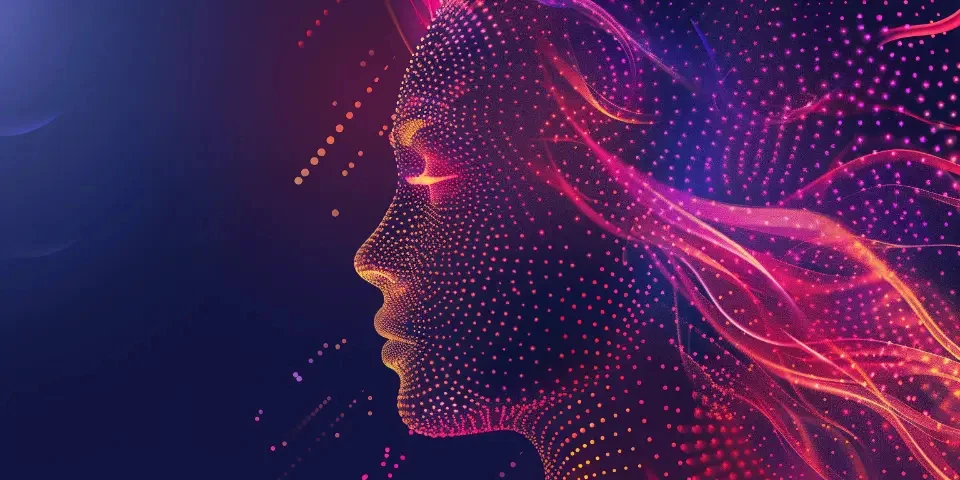Unmasking the Truth Exposing Real Fake Photos with the Power of AI
In today's world of advanced technology, it has become increasingly challenging to distinguish real photos from manipulated ones. With the rise of sophisticated image editing software, anyone can alter images to deceive the viewer. However, the advent of Artificial Intelligence (AI) has also empowered us to unmask the truth behind fake photos. In this article, we will explore how AI can expose fake photos, its limitations, and the tools available for detecting manipulation.
1. Identifying Inconsistencies in Lighting and Shadows
One telltale sign of fake photos is inconsistencies in lighting and shadows. AI algorithms can analyze these elements and compare them with the expected behavior in a real-world setting. Differences in light sources, shadow directions, and reflections can indicate tampering.

For example, the AI-powered tool Forensically uses a technique called Error Level Analysis to highlight areas of an image with different compression levels, suggesting potential edits.
2. Spotting Irregularities in Perspectives and Distortions
Manipulated photos often suffer from irregularities in perspectives and distortions. AI algorithms can analyze the geometry of objects within an image, detecting unnatural warping or stretching. This helps identify images that have been digitally manipulated.
The Affinity Photo software utilizes an advanced Perspective Tool to correct perspective distortions, making it an effective tool for both photographers and forensic investigators.
3. Unveiling Digital Pixel-level Manipulations
At times, fake photos are created by directly modifying individual pixels. AI algorithms can scrutinize images at a pixel level, revealing discrepancies that may indicate tampering. These techniques involve identifying abrupt changes in color patterns or detecting cloning and superimposition of elements.
Photoshop's Content-Aware Fill is a commonly used tool that AI algorithms can analyze to identify potential manipulation. By detecting inconsistencies in pixel arrangements, the AI can expose digital alterations.
4. Analyzing Metadata for Digital Footprints
Metadata includes information such as the camera used, date, and location. AI algorithms can analyze this metadata for discrepancies or anomalies, helping to identify manipulated photos. This analysis can reveal inconsistencies in the reported information, indicating potential tampering.
The tool ExifTool allows forensic investigators to extract and analyze metadata, providing valuable insights into the authenticity of an image.
5. Detecting Compression Artifacts
When an image undergoes multiple rounds of compression, artifacts may appear. AI algorithms can detect these compression artifacts and analyze their patterns. These artifacts can be indicative of tampering.
Software tools like JPEGsnoop utilize AI algorithms to analyze the quantization tables and compression settings of a JPEG image, helping to identify potential manipulations.
6. Unearthing Image Splicing and Manipulation
Image splicing involves combining parts of different images to create a convincing fake photo. AI algorithms can employ image clustering and similarity measures to identify abrupt changes in content or blending inconsistencies.
The popular software Adobe Photoshop has AI-powered features like Content-Aware Move and Cloning Stamp Tool that can be analyzed to expose potential manipulations.
7. Overcoming Challenges of Deep Fake Videos
Deep fake videos, fueled by AI, present an even greater challenge in detecting manipulation. These videos convincingly merge the facial expressions and movements of one person onto another. AI algorithms are being developed to analyze facial and body movements, as well as audio inconsistencies, to identify deep fake videos.
The tool DeepFaceLab is one such AI-powered software that utilizes a neural network for deep fake detection, helping to unmask the truth behind manipulated videos.
Common Questions and Answers:
Q: Can AI algorithms detect all types of fake photos?
A: While AI algorithms have advanced significantly, they still have limitations. Sophisticated manipulations may go undetected, especially if the algorithms have not been trained on specific techniques. However, AI detection methods continue to improve as technology evolves.
Q: Can AI algorithms differentiate between intentional edits and genuine artistic effects?
A: AI algorithms can sometimes struggle to distinguish between intentional edits and artistic effects. It requires careful analysis and context to determine whether an image has been manipulated with malicious intent or for creative purposes.
Q: Are there any legal implications for using AI-powered tools to detect fake photos?
A: The use of AI-powered tools for detecting fake photos is generally legal. However, the legality may vary depending on the jurisdiction and the specific use of the tools.
References:
[1] Hany Farid. (2018). "Photo Forensics: How to Check If a Picture is Fake."
[2] Becket McGrath. (2020). "7 Photo Forensics Tools for Detecting Manipulated Images and Videos."
Explore your companion in WeMate